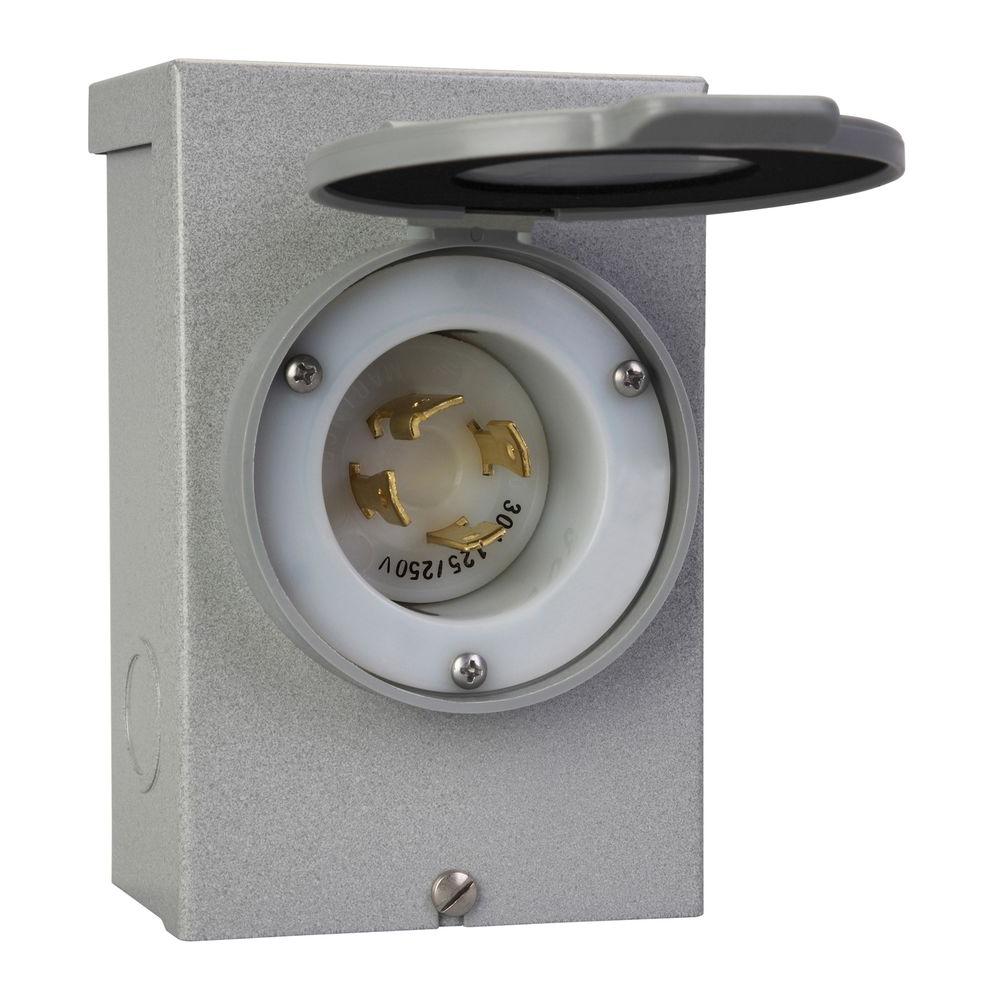sl33k3r
New member
- 25
- 5
- 3
- Location
- Potsdam/NY
Good day!
My wife and I live off-grid on a 30 acre spread that has three out buildings. Until we have the means to build a single large building to house all our equipment, each building has it's own purpose (woodworking, garage, metalworking). Our house is photovoltaic with a large battery bank with 2kw inverter generator for backup and charging. For the purpose of this post, all electrical association is with the out buildings and field work. Each out building has it's own small photovoltaic and battery supply for lighting and other low current demand tools.
I have a MEP-802A that is to be truck mounted as is an air compressor, welder and a box of tools so all are mobile and can be used at any location on the farm.
I have no trouble with single phase power but three phases appears to have me guessing a bit and I don't like to guess with something that has the potential to kill me.
Please let me know if I am wrong. And feel free to guide me in the right direction.
Three phase equipment will not work on single phase without a converter.
Single phase will work on three phase but load balancing should be a concern.
I am most likely the only person to be using tools so balancing may not be an issue, but I want to be prepared in case I do have others there who may be using tools while I am working as well.
I want each building to have a single connection for electrical and air where each will be distributed to where it's needed.
This is where I need advice. I'll have a ground rod at each connection. Should the building's distribution box be grounded or should I connect ground rod to the generator on the truck?
Also, what is a good connector pair for such a connection of the building/discribution box to the generator?
My wife and I live off-grid on a 30 acre spread that has three out buildings. Until we have the means to build a single large building to house all our equipment, each building has it's own purpose (woodworking, garage, metalworking). Our house is photovoltaic with a large battery bank with 2kw inverter generator for backup and charging. For the purpose of this post, all electrical association is with the out buildings and field work. Each out building has it's own small photovoltaic and battery supply for lighting and other low current demand tools.
I have a MEP-802A that is to be truck mounted as is an air compressor, welder and a box of tools so all are mobile and can be used at any location on the farm.
I have no trouble with single phase power but three phases appears to have me guessing a bit and I don't like to guess with something that has the potential to kill me.
Please let me know if I am wrong. And feel free to guide me in the right direction.
Three phase equipment will not work on single phase without a converter.
Single phase will work on three phase but load balancing should be a concern.
I am most likely the only person to be using tools so balancing may not be an issue, but I want to be prepared in case I do have others there who may be using tools while I am working as well.
I want each building to have a single connection for electrical and air where each will be distributed to where it's needed.
This is where I need advice. I'll have a ground rod at each connection. Should the building's distribution box be grounded or should I connect ground rod to the generator on the truck?
Also, what is a good connector pair for such a connection of the building/discribution box to the generator?








